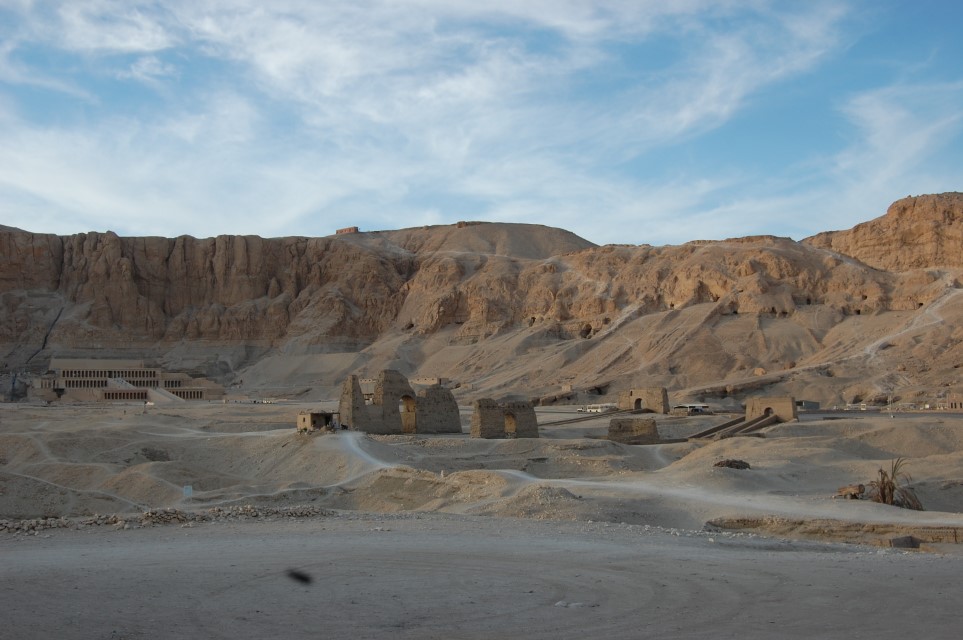-
Principal Investigator: Dr Patryk Chudzik
Contact: pm.chudzik@uw.edu.pl

Project term:
January 2024 to December 2024
Budget:
36 268 PLN
Funding:
National Science Centre in Poland, Miniatura 7

-

Burial customs in ancient Egypt at the end of the third millennium BCE. A case study of the Theban necropolis
Keywords: Ancient Egypt, First Intermediate Period, Middle Kingdom, Eleventh Dynasty, Theban necropolis, burial customs
The aim of the project is to analyse burial customs at the end of the 3rd millennium BCE. This was a tumultuous period in Egyptian history when, after many years of civil war, the rulers of Thebes from the 11th dynasty, brought about the reunification of the kingdom, restoring old traditions and creating new religious, political and cultural patterns. In the shadow of these events, funerary customs also changed, and are now the most valuable source for understanding Egyptian culture in these times.
The study will focus on material from the Theban necropolis, a vast area on the west bank of the Nile where probably all the rulers of the 11th dynasty, their family members and courtiers were buried. It is in their tombs that the greatest number of artefacts reflecting the beliefs of the time have been discovered. The project plans to determine the repertoire of objects deposited in the tombs of the Theban necropolis, distinguishing between those deposited during the funerary ceremony and those related to the cult of the deceased. The next step will be a stylistic analysis of the different groups of objects, with the aim of indicating horizons of chronological change and clarifying the dating of specific monuments and, with them, entire archaeological contexts.Associated events:Lectures and conference presentations:Project bibliography:Links
- Polish-Egyptian Archaeological and Conservation Expedition to the Temple of Hatshepsut at Deir el-Bahari – webpage
- Polish Archaeological Expedition to North Asasif – Asasif Project – webpage
- Polish-Egyptian Expedition to the Temple of Hatshepsut at Deir el-Bahari – Facebook
- Project Asasif – Facebook
- More about Deir el-Bahari: North Asasif
- More about Deir el-Bahari, Temple of Hatshepsut
